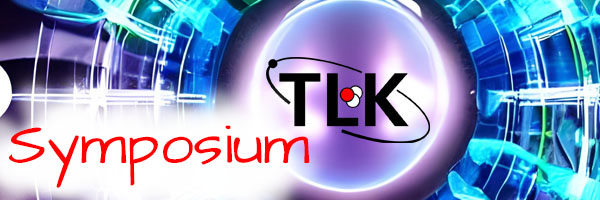Speaker
Description
The current best limit on the anti-electron neutrino mass of $m_{\nu}<0.8\,\mathrm{eV \, c^{-2}\ (90\,\% \ CL)}$ was published by the KATRIN collaboration in 2021.
For this, spectroscopy of electrons from the decay of molecular tritium is used.
Due to molecular excitation states however, the sensitivity of experiments using molecular tritium is limited to $\approx 0.1\,\mathrm{eV \, c^{-2}}$.
One approach to overcome this molecular barrier is to use atomic tritium sources for future experiments.
This poster presents studies and developments with the aim to determine how an atomic hydrogen source can be operated, characterized, and scaled up.
In the first iteration, an off-the-shelf source (Tectra H-flux) is commissioned in a test setup.
With this, a basic understanding of the system behavior and atomic hydrogen production was developed.
In addition, the status of design and implementation of a system which is capable to handle tritium is presented.

